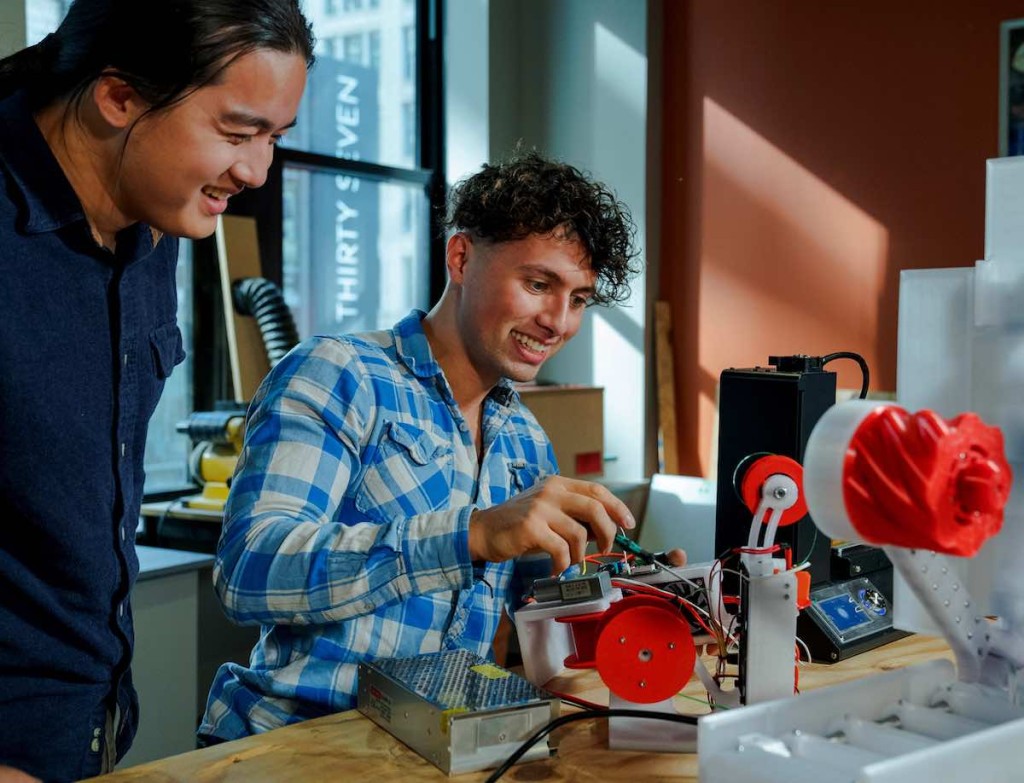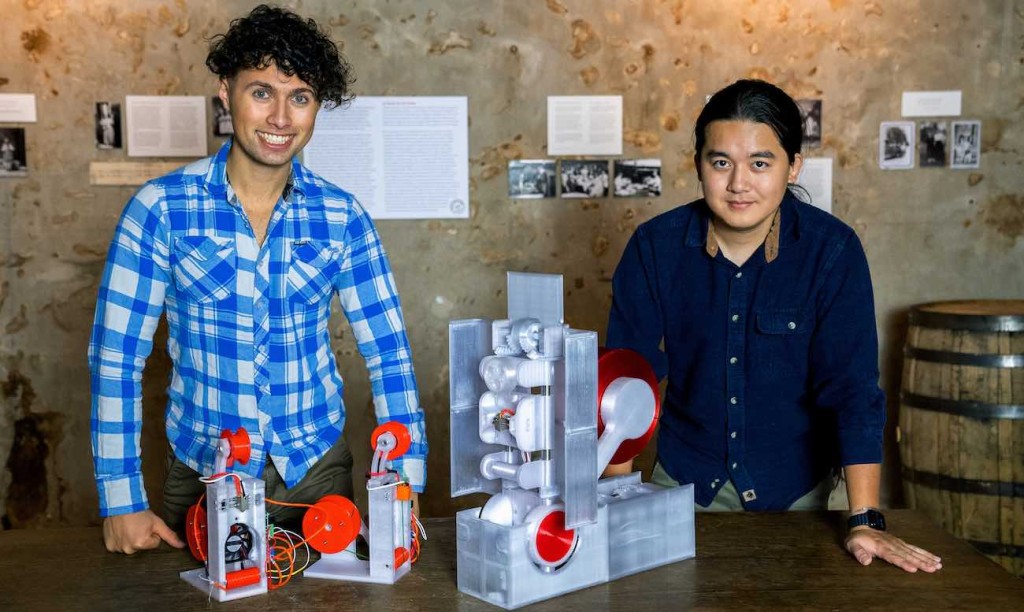
The James Dyson Award’s mission is simple: Create something that solves the problem.
It is not surprising that the Polyformer machine was awarded a grand prize for its ability to solve complex problems. Two problems At once
Swaleh Owais and Reiten Cheng, both young co-inventors, created the Polyformer in order to accomplish two goals. They wanted to reduce plastic waste and find a way to make low-cost filament that can be used for 3D printing. This would be a boon to developing countries.
3D printer filament can be a costly purchase for many creators and hobbyists, but this is particularly true for those who live in developing countries—where plastic waste is plentiful.
Owais, who studied at McMaster University in Canada, said the cost of importing a standard roll of 3D printer filament into Rwanda was retailing for over $60, whereas the same 1kg / 2.2-lb roll can be purchased in Canada for a fraction of that price.
The Polyformer machine is capable of converting a 500ml plastic container (1/2 quart) into 3/4 ounces print filament (20 grams).
Another fantastic part of this story is the fact that Polyformer’s design itself is an open-source project. Instead of applying for a patent, Cheng and Owais released all the CAD, code, and building instructions, offering it to the public on the team’s discord website, so anyone can put it together.
RELATEDWatch Time Lapse: Sustainable 3D-Printed Ranch House Wins Award, Takes Only Two Weeks to Construct
“We want people from around the world to be able to access Polyformer, which is why we’ve made it open to all,” said Cheng, who studied in California at the ArtCenter College of Design. “We’ve also designed it so that you can use a 3D printer to print many parts of the machine, or if desired, purchase the parts as needed.”
Polyformer has approximately 1,500 members around the globe. There are also 30+ machines built in countries such as Paraguay and France.
The user can cut a single plastic bottle into a continuous piece using the custom bottle cutter. This strip is then fed into the Polyformer Extruder. After the filament is extruded through the nozzle, it’s cooled and wrapped around a spool. This can be used to insert into any FDM3D printer.
Sir James Dyson was the founder and chief engineer at Dyson. He invented the vacuum many decades ago. He chose the winners.
“By turning used plastic bottles into 3D printer filament, Polyformer helps reduce the amount of waste going to landfill,” said Dyson. “Their idea will provide new opportunities for other inventors to prototype their ideas using 3D printing.”
SEE ALSO: How to turn plastic waste from your recycle bin into profit by 3D printing it into value products

The prize money awarded to the Polyformer team of $40,000 will be used by the team to deploy several Polyformers in their partner maker-spaces, including one in Rwanda. These machines will allow local designers, students, and makers to have low-cost filament for their 3D printers, while keeping plastic bottles from going to landfill.
“James Dyson is a personal hero to both of us,” said Cheng. “We have been actively following the James Dyson Award for our entire academic career, and are keen to follow in his footsteps of designing elegant and useful products”
WATCH their invention turn a bottle into filament…
SHARE This Worldwide With 3-D Printer Designers on Social Media…




